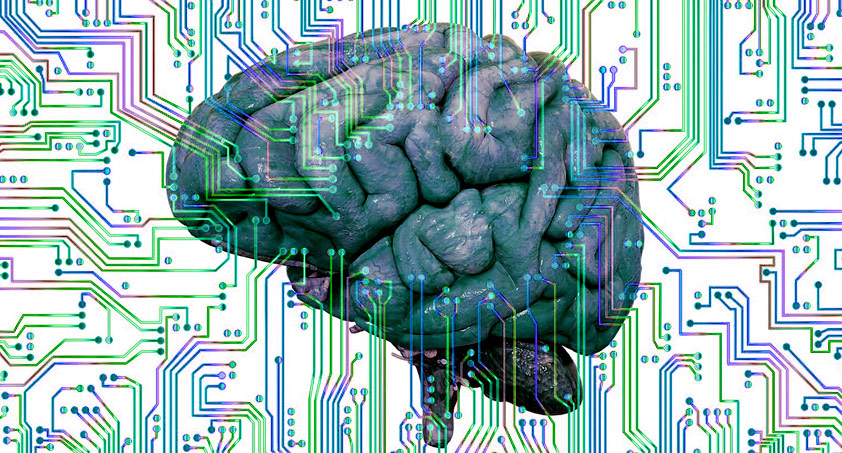The use of virtual reality (VR) in education is transforming the teaching and learning process today. It has become one of the driving forces of education technology or EdTech in recent times. One of the best examples of the use of VR for educating kids is Discovery VR. With the immersive experiences that it provides through VR, children can have loads of fun with learning.
They’ll be able to swim with the sharks, go camping on Mount Everest, and travel into outer space. It is apparent that the use of VR has truly raised the standards of education. Now, let’s take a look at the benefits that virtual reality can bring to the field of education:
1. Improved learning in children
Today, you have many VR education apps that can identify the specific learning needs of children. They’re also designed to simplify the learning process for kids. When these children encounter difficult or confusing concepts, such apps can provide explanations that they can understand easily. This can greatly enhance the engagement of students during the learning sessions.
2. Help for children with special needs
There are certain VR apps that can be used to assist children with special needs. For instance, there are VR apps that help students with vision problems. They control text sizes, contrasts, and have audio commentary. Some apps allow communication in sign language for students with difficulties in hearing. These apps use a VR environment to make the learning experience easy and fun for such kids.
3. Assistance in vocational education and training
Some VR applications can be highly effective in providing specialized technical training. Vocational education and training for different professions can be made easier with the use of these applications. They provide interactive learning experiences for students by taking objects out of the screen. Students can then handle these objects as if they were real. This would help them make the most of their classroom learning.
4. Enhanced medical education
Medical students can benefit immensely from the use of VR in their learning process. They’ll be able to enter the human body and gain new perspectives. With the VR apps used for medical education, they can explore a variety of anatomical structures. Some of these apps are designed to guide medical students through the human physiology and anatomy in a 3D environment.
5. Art education
Art students can use VR content creation tools to paint in a 3D environment. They can also share their creations in animated GIFs. These VR tools help art students in learning from various perspectives. Through virtual reality, art students can visit the greatest museums of art. They’ll be able to familiarize themselves with the famous artworks and their history through such virtual environments.
6. Distance learning
A combination of online learning and virtual reality helps distance education to a great extent. By using such environments, students can easily attend lectures and all the interesting events from any place on the planet. They’ll be able to meet foreign students, join groups, share knowledge, and learn some practical skills.
7. Attending virtual college tours
Students can get acquainted with their future college or institution with the help of virtual college tours. Some of the institutions that offer such tours include the University of Michigan and Columbia University. Such tours are beneficial especially for students who are aiming to play football professionally. With these tours, they can experience what being on the pitch in a stadium feels like.

